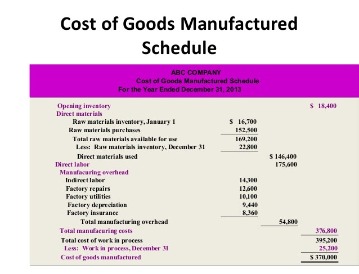
Sales backlog ratios are often shown in units or dollars depending on the needs of the organization. It’s also worth noting that, while backlog data may be shared with stakeholders or potential investors, it’s usually not disclosed publicly. Backlog in business, when understood and managed with care, can become an opportunity for improvement rather than a stumbling block. Find out how to locking drop boxes deposit drop safe wall mount drop box create agile boards in Jira with this step-by-step guide.
This entry clarifies the term product backlog to avoid confusion with sprint backlogs, which are related, but a different concept. A continuously growing backlog might indicate underlying issues such as operational inefficiencies or staffing shortages. Companies should analyze the root causes and implement strategic adjustments to process, workforce, or technology use to address the backlog effectively. Management strategies are diverse and tailored to the nature and cause of the backlog. Prioritization emerges as a critical cash flow vs free cash flow technique, helping teams focus on pressing tasks to prevent bottlenecks.
One of the key strengths of backlog management as a business analysis technique is its ability to prioritize work effectively. By maintaining a backlog, business analysts can ensure that the most important tasks are tackled first, helping teams stay focused and productive. It provides a clear and organized view of all pending items, making identifying dependencies and planning for future sprints or iterations easier. With your product roadmap in mind, your team can begin listing product backlog items. These items should include both high-priority items and more abstract ideas.
Sprint backlogs and product backlogs are very similar in terms of their components. Sprint backlogs are a subset of the product backlog, but they’re used specifically during sprints. Occasionally, there are multiple product backlogs with multiple teams working on one larger product.
If the backlog grows too large or lacks any consistent, coherent organization, it can quickly shift from a valuable resource to an unsalvageable mess. Great ideas, key customer requests, and crucial technical debt issues carry equal weight. With random items, no one will ever actually prioritize development and fragmented thoughts so inarticulate the team can’t even remember why they’re in there. The excellent repository becomes a giant junk drawer no one can make sense of or has the time and motivation for either.
A product backlog can be an effective way for a team to communicate what they are working on and what they plan to work on next. Story Maps and information radiators can provide a clear picture of your backlog for the team and stakeholders. Product owners dictate the priority of work items in the backlog, while the development team dictates the velocity through the backlog. This can be a tenuous relationship for new product owners who want to “push” work to the team. Despite its many benefits, there are also limitations to consider when using backlog management as a technique.
Furthermore, prioritization decisions may be subjective based on individual opinions rather than data-driven analysis. Not carefully monitored could lead to bias or misalignment with organizational goals. In many cases, these lender backlogs resulted in situations where delinquent borrowers were able to remain in their homes for several years without making any mortgage payments. The housing recovery accounting source documents did not begin in earnest until such backlogs were mostly cleared. He also noted a significant backlog of future devices and said eventually releasing a cheaper treadmill was a high priority.

Flag those issues with a specific resolution like “out of scope” in the team’s issue tracker to use for research later. While the product owner is tasked with prioritizing the backlog, it’s not done in a vacuum. Effective product owners seek input and feedback from customers, designers, and the development team to optimize everyone’s workload and the product delivery. The product owner then organizes each of the user stories into a single list for the development team.
A product backlog is an ordered list of tasks, features, or items to be completed as part of a larger product roadmap. With an effective product backlog, you can assign developers daily, weekly, or monthly tasks that target your end goals and help you build a better product. Learn how to create a product backlog, plus tips on how to prioritize the items in your backlog.
Eventually, consumers will get frustrated enough to cancel these orders and potential profit will be lost. Ultimately, if businesses are only filling backlogs, that means they have no new sales and revenues will quickly decline. Sales backlog is typically expressed as a ratio that compares daily, weekly or monthly order totals with order processing capacity. While a steadily-growing backlog may indicate increasing demand, it can also point to problematic internal processes. The term backlog is used to indicate the existing workload that exceeds the production capacity of a firm or department, often used in construction or manufacturing. A feature, also known as a user story, is a function of the product that the product user finds valuable.
Leave Comment